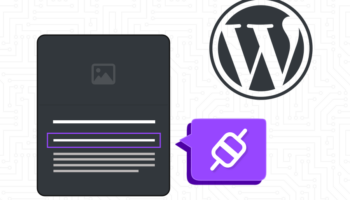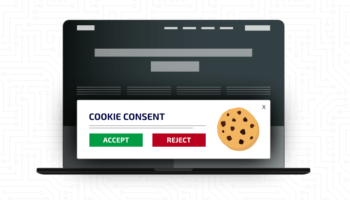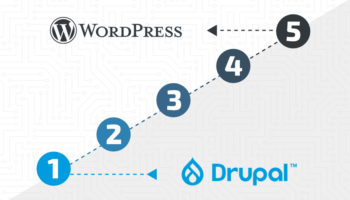Yesterday Google released a new open image format, WebP.
The goal of the WebP format is to create a new image format specifically for the internet that will significantly reduce image size. From Google’s initial trials, WebP reduced the file size by 39% in a test of 1,000,000 images retrieved from the web.
Why make a new image format?
Current image formats aren’t as small as they could be. Images make up about 65% of all web traffic, so a smaller image size will decrease the amount of time it takes to download when loading a web page. A smaller download means a faster page load and that is good for everyone. You get your content faster, and less bandwidth is used in the process.
So is this really the end of JPEG? Should I now start using WebP?
The short answer is: not for a long time.
Google just released this format and currently no web browsers support it. What good would your smaller images be if no one can see them? Google will be rolling out support for WebP in Google Chrome shortly, and that will mean Safari will get it soon after. My guess is it won’t take too long for Firefox, as long as the demand for this format is high enough.
Even if WebP does catch on, it will take many years before enough users have browsers that are updated regularly enough to actually start using it on your site. Hopefully, the move towards HTML5 will increase the abundance of new web browsers versus old web browsers as people will want to be able to access the new content out there.
Once the majority of the web is using web browsers that support WebP, we will then be able to start using it on our sites. Who knows, this image format could even be a flop if there is enough resistance against using a new image format, or if an even better one comes along next week to replace it.





